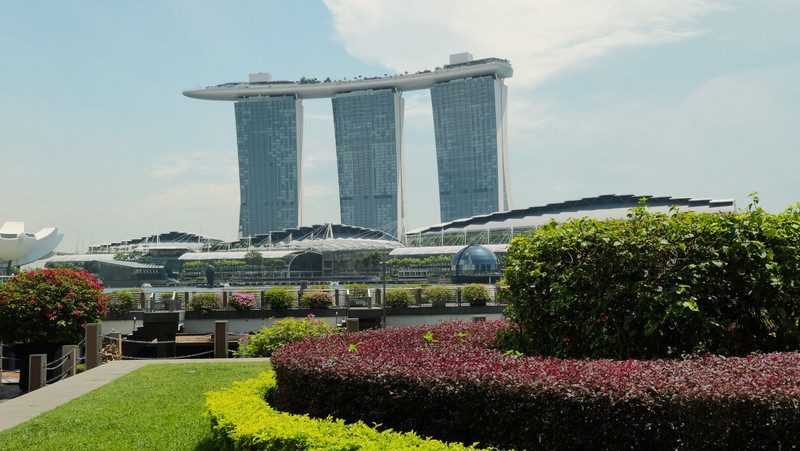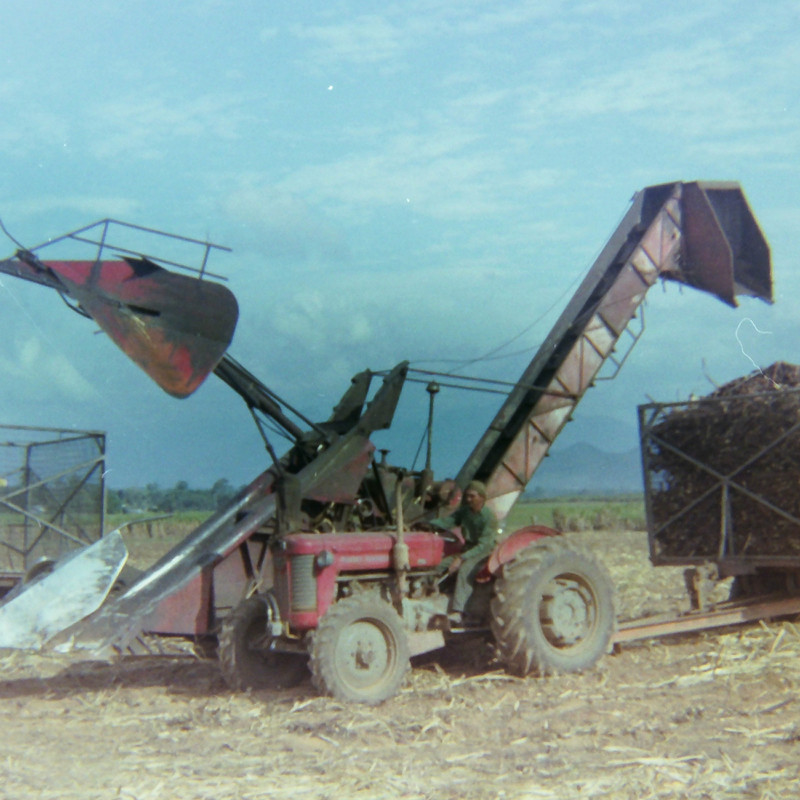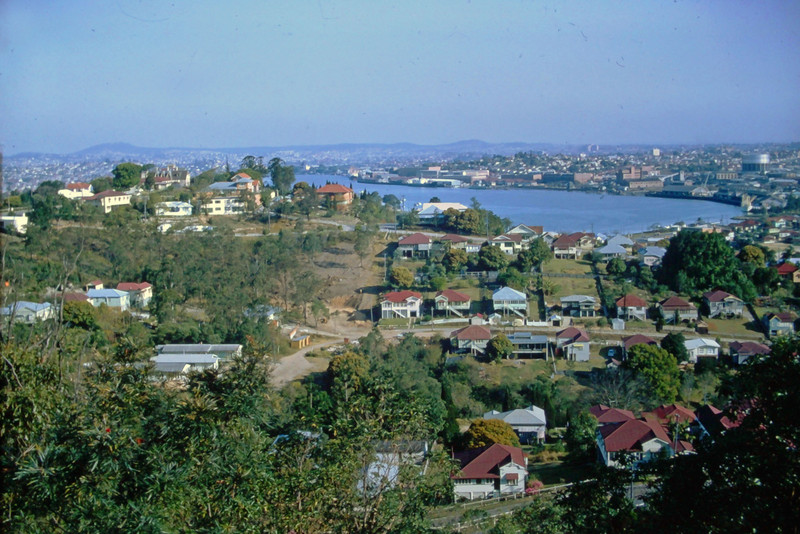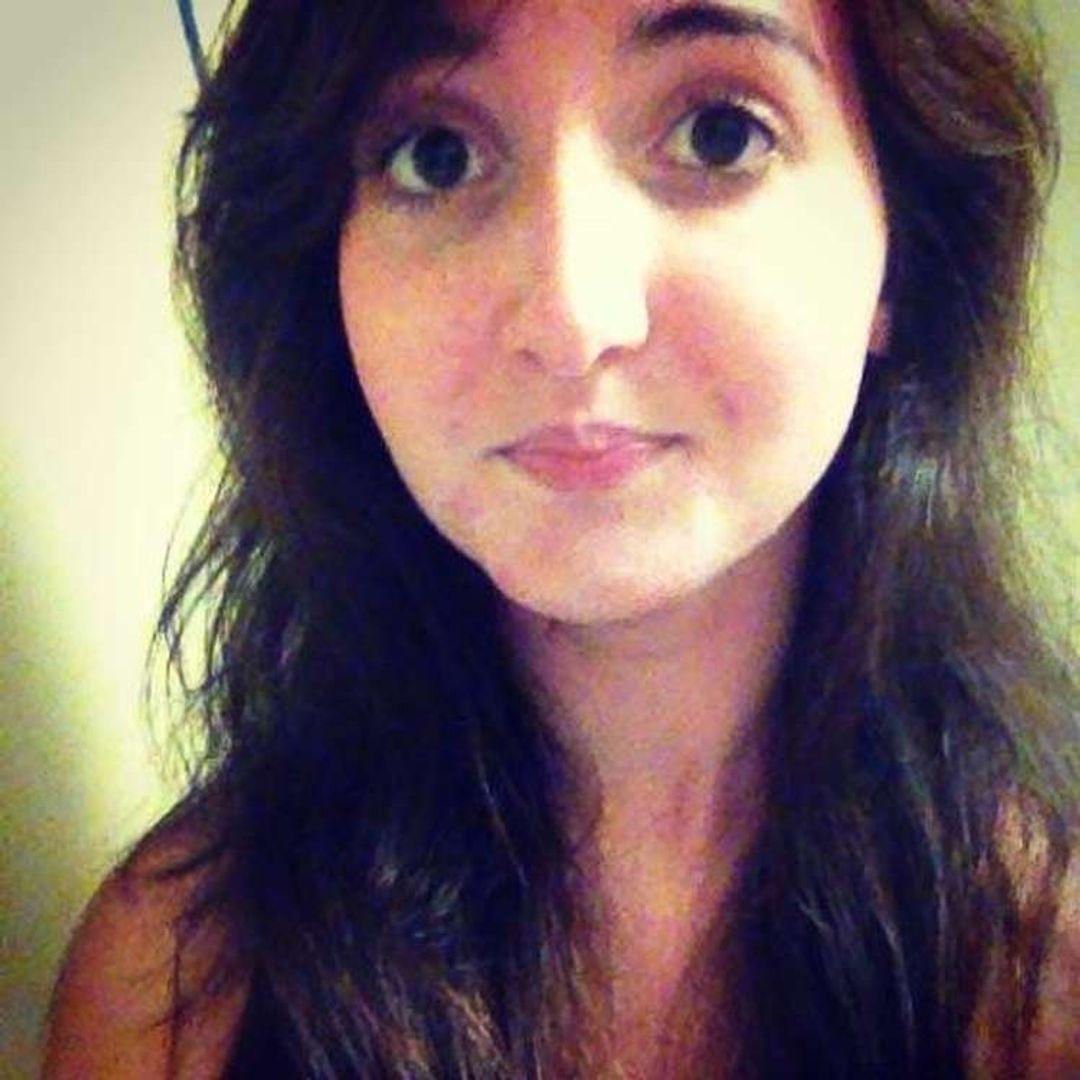The Dutch have a long association with Malaysia having first encountered the Sultan of Johor in 1602 when their fleet was looking for spices to trade.
As Shaukani took us across the Melaka & down streets with Dutch names, like: Heerenstraat and Jonker Walk, many of the houses were in the Dutch style of the time with narrow frontage, one large window & a door on the ground floor and one window on the first floor, the frontage was narrow due to the taxation but the depth of the houses were very long as much as 70mtrs, with courtyards and gardens inside. Bricks from Holland were shipped in to build these houses.
When the Dutch left many the houses became the property of the Chinese and renovated to the Chinese style that we see today.
Dutch Square Malacca is very picturesque with its bright, colonial Dutch buildings, built between 1660 and 1700, with louvered windows and chunky doors with wrought iron hinges. Originally white but painted red by the British,
Christ Church was built in 1753 the centenary of Dutch occupation and to replace an earlier Portuguese church. The red bricks were shipped all the way from Holland.
The Clocktower although looks Dutch was actually built by a wealthy Chinese family in 1886 in honour of a rich Chinese merchant.
A very interesting tour & I look forward to the next one about the time Melaka was occupied by the Portuguese.
The original structure was a simple chapel built in 1521, built by a Portuguese nobleman as an act of gratitude following his escape from a storm in the South China Sea.
The chapel was deeded to the Society of Jesus in 1548 by the Bishop of Goa, Joo The chapel was then further enlarged
in 1556 with the addition of a second floor, and a belfry tower was added in 1590. The chapel was then renamed the Church of the Mother of God.
In 1548 St. Francis Xavier with the help of fellow Jesuits established a school in the premises of the chapel known as St. Pauls College.
Xavier used the church as his base for his missionary journeys to China & Japan. On one of those journeys, Xavier fell sick and in 1552 in China he died.
The body of Xavier was disinterred from Shangchuan Island and temporarily buried at the church before it was finally shipped to Goa.
His followers decided to bury Francis Xaviers body in a wooden casket. A grave was dug and the casket filled with lime to make it easier to transfer his bones to India. Stones were put on the site of the grave to mark its location.
The grave was opened two and a half months after he was buried and the body was reportedly just as it had been at the time of death. The fact that the body did not was considered evidence that Francis Xavier was indeed
In 1614, the entire right arm of the saints body was detached and the upper arm was divided into two pieces both which were sent to two Jesuit colleges.
In 1924, the old Portuguese burial vault in the church was partially uncovered. Further excavation was done in 1930 and it was then that the tombstones that were scattered around the church were fixed to the walls.
In 1952 a statue of St.Francis Xavier was erected in front of the ruins of the church of the 400th anniversary of his sojourn in Malacca. A day after the statue was consecrated, a large tree fell on it, breaking off its right forearm !!!!
Making our way down the hill we saw Bastion House constructed in 1910 by the Dunlop as their headquarters- Dunlop Rubber Company owned many rubber plantations in Malaysia at that time.
in 1807 some remnants remain but in recent years excavations have unearthed some parts of the ancient walls of the fortress. The main remain of the fortress is the Porta de Santiago. This was one of the old gates of the city walls during the Portuguese period, which was severely damaged in 1641 during the Dutch siege and later it was demolished and rebuilt.
The Melaka Tree - (Indian Gooseberry) Legend has it that Parameswara was resting under a Melaka tree when he saw a mousedeer kick his hunting dogs.









